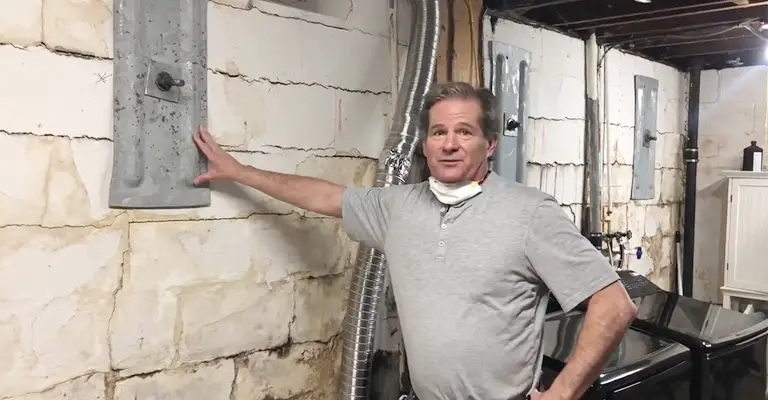If you’re considering buying a house with bowing basement walls, you may wonder whether it’s a wise investment. Bowing walls in a basement can indicate a severe structural issue that could lead to significant repair costs down the line.
On the other hand, some cases of bowing walls may be easily remedied and not pose a significant threat to the overall safety and stability of the home.
Ultimately, the decision of whether or not to purchase a home with bowing basement walls will depend on a variety of factors, including the severity of the issue, the cost of repairs, and your personal risk tolerance.
Should I Buy A House With Bowing Basement Walls?
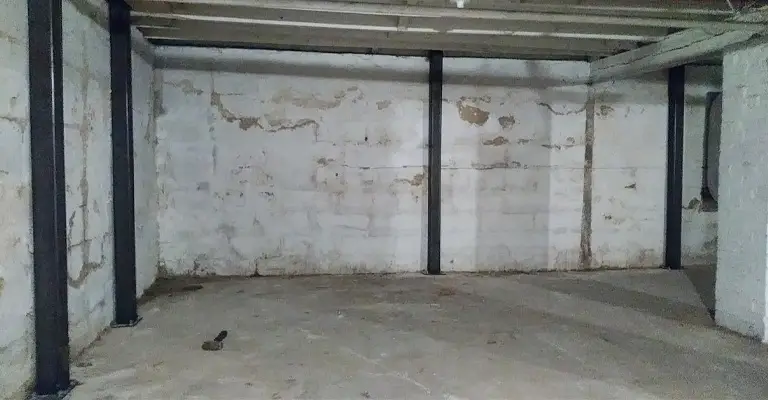
Purchasing a home is an exciting and stressful process. Homebuyers are always looking for a home that fits their budget while offering the amenities they desire.
The majority of buyer preferences are for older homes that they can improve, or restore to their original state. Nevertheless, when buying a vintage home, there is an increased chance of issues arising.
Consider getting a structural engineer and a local home inspection team to inspect a home with foundation or basement wall issues. Does a house’s basement wall bow make it a good investment?
It is only appropriate if the repair is inexpensive, and the home is certified by a structural engineer. In the following sections, we will examine how we can fix a bowed basement wall and what it means to be bowed.
Is the Bowing Wall Ok For the Basement?
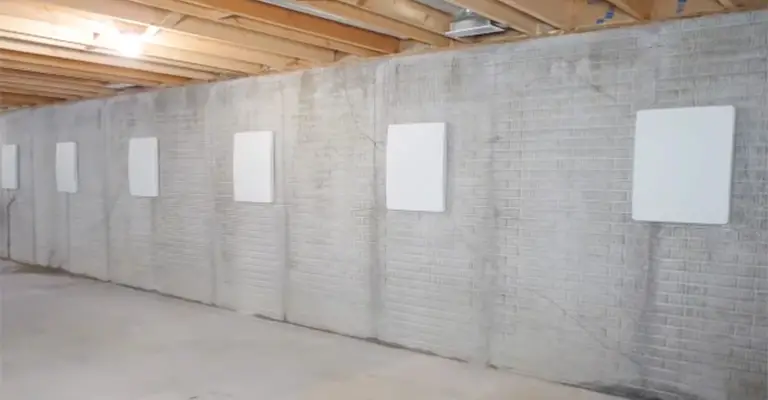
Concrete blocks should be straightened if they bend more than 2 inches. Shattered or shifting walls that move more than one inch should be straightened.
Getting your basement inspected by a licensed contractor is a good idea. It is most commonly associated with excessive moisture around your house, from which bowed basement walls result.
The pressure of natural groundwater can even undermine your foundation. Various factors can significantly increase soil moisture, such as excessive storm runoff or improper drainage.
You may have structural issues under your house if your basement wall bows. Taking action soon is essential if your basement walls are leaning inward.
What It Means To Be Bowed
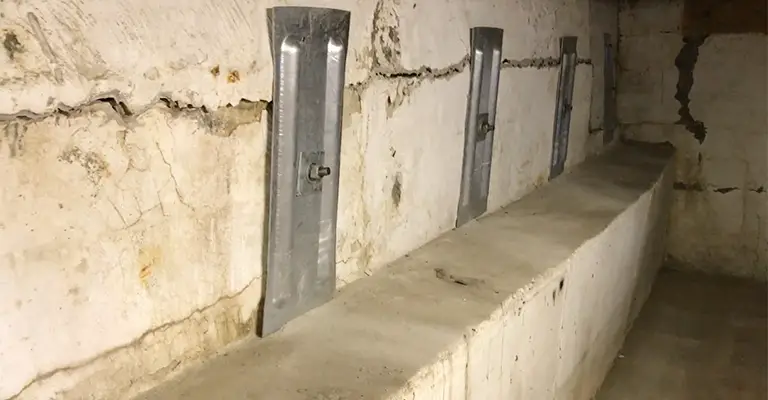
Walls that bow or curl inward represent buckling basement walls. Dropping a plumb line from the top of a basement wall to its base, you should find that the line stays near the center of gravity.
When the plumb line is not aligned with the wall’s center of gravity, it indicates that the wall isn’t in place or buckles under pressure. You can determine whether your wall is bowing by looking at the middle third.
Reasons Behind Bowing Basement Walls
The basement wall could bow for several reasons. It’s a good thing that doesn’t happen to your home; however, here are some reasons why it does:
Expansive Soil
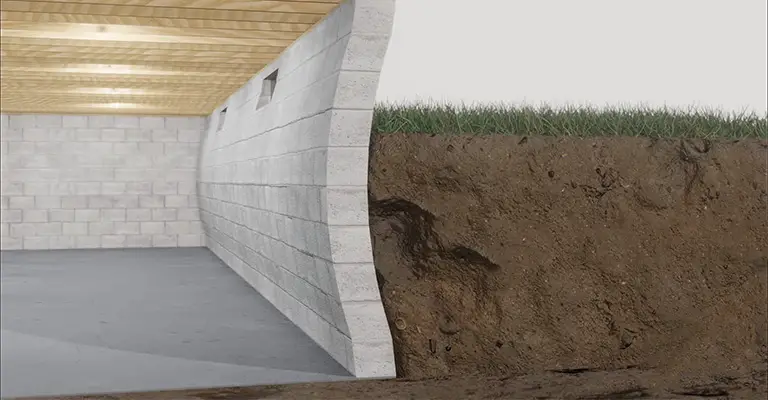
A soil that expands when water is absorbed is an expansive soil. When the soil dries, it shrinks back down.
The basement walls are subjected to greater pressure as the water-filled soil expands and fills with water.
Hydrostatic Pressure
Pressure against the walls is caused when the soil outside them becomes fully saturated with water.
Lateral Pressure
If a heavy machine or vehicle happens to be parked next to the wall, the basement walls could bow.
Frozen Soil

As your soil freezes, it is expected to expand and push up against the walls in your basement. This could cause the wall to move a little and separate from its original location.
Things You Need To Know About Bowing Basement Wall
The first step is to speak with the homeowner to find out what went wrong with the foundation, who repaired it, and how. Once you have determined these details, you can start researching the issue and possible solutions.
This should give you peace of mind that the problem was identified and corrected correctly. Requesting a complete explanation from the contractor if it raises additional concerns is essential.
If you are a new homeowner, you will need the permission of the current homeowner before you are allowed to learn the details of the repair.
Bowing walls can also crack despite their bowing, as you can see in the photo above. Depending on the weather, these fissures in the wall can open and close. As the soil dries out, they close, or they may open when it rains.
What Can I Do To Repair It
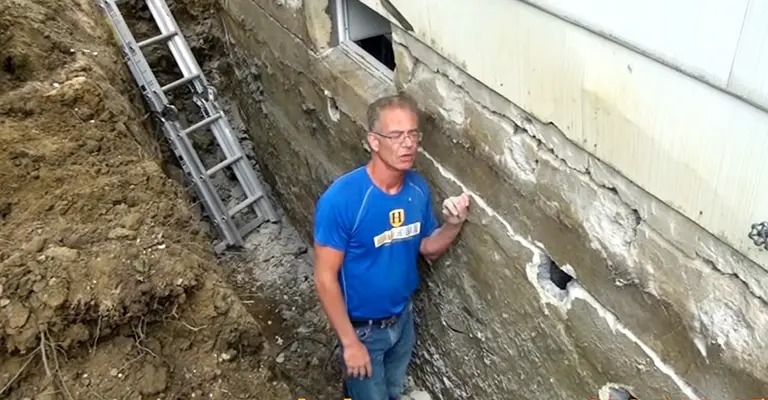
If your basement walls are bowing, you can try a couple of options. What are these options? Let’s check them out below:
- Helical Tie – these are wall anchors installed at the wall’s center and placed every 4 to 5 inches. As part of this project, you will have to remove the soil around the exterior of the home to relieve the pressure on the wall.
- C-channel wall anchor – This anchor is used when there is shearing at the bottom of the wall. They are also spaced four to five inches apart and placed in the center of the wall.
- Wall plate – these anchors are placed every 5 inches in the center.
- Steel I-beam – used to straighten out bowing walls. This does not require digging up the external dirt. It is possible to realign the whole machine on the interior. I-beams are placed every 4 to 5 inches from the center of the wall.
- Carbon fiber – A durable material that won’t stretch and is practically unbreakable. It is the most recommended type of wall repair because it requires the least amount of destruction. As the carbon fiber straps are applied to the concrete foundation, they can help stabilize the block. Carbon fiber straps will be applied in four-inch intervals from the wall’s center. They will retain the wall instead of straightening it, which is one disadvantage of this repair technique.
How Much Does It Cost
It can be pretty expensive to repair bowing basement walls. To make the repairs, you will have to decide how much to spend based on the size of the wall and the level of damage that has occurred.
Generally, you should expect to pay between $800 and $15,000 to repair a curved wall in your basement.
Other Recommended Maintenance
The next step is to learn how to maintain the functions of the basement after you have decided on a home with bowing basement walls.
You should remove the water from your basement regularly to maintain your foundation’s integrity. If your basement drain becomes clogged, learn how to fix it.
After that, take a look at the gutter system. The water will flow down the foundation of your gutter system and pulls away from the house, putting extra pressure on your basement walls.
You might also see bowing basement walls as a result of this. Last but not least, in order to keep moisture from building up around your foundation, there are ways to seal the gap between the home and the foundation.
This way, you can avoid water collecting around your walls and increasing the pressure.
When Do I Call A Professional
The good news is that homeowners can fix cracks in their foundations. Undoubtedly, the smaller cracks can be filled and sealed up easily with a bit of caulking. It is a DIY project that any homeowner can complete.
It is a good idea to contact a professional if there are larger cracks. Speak with a structural engineer if you need assistance. Their services include providing you with repair options and verifying the structure’s safety.
Make sure you also call your local home inspection team. Furthermore, they can refer you to a reliable structural engineer to inspect the rest of the basement.
Conclusion
If you buy a home with bowing basement walls, you aren’t making the worst decision. There is, however, a requirement to ensure structural soundness.
Ensure that the home’s seller gets the walls inspected and certified to be sound. A basement with cracked walls and bowed walls are not the best combination. In the event the structure is deemed unsafe, it could be deemed unsafe.

